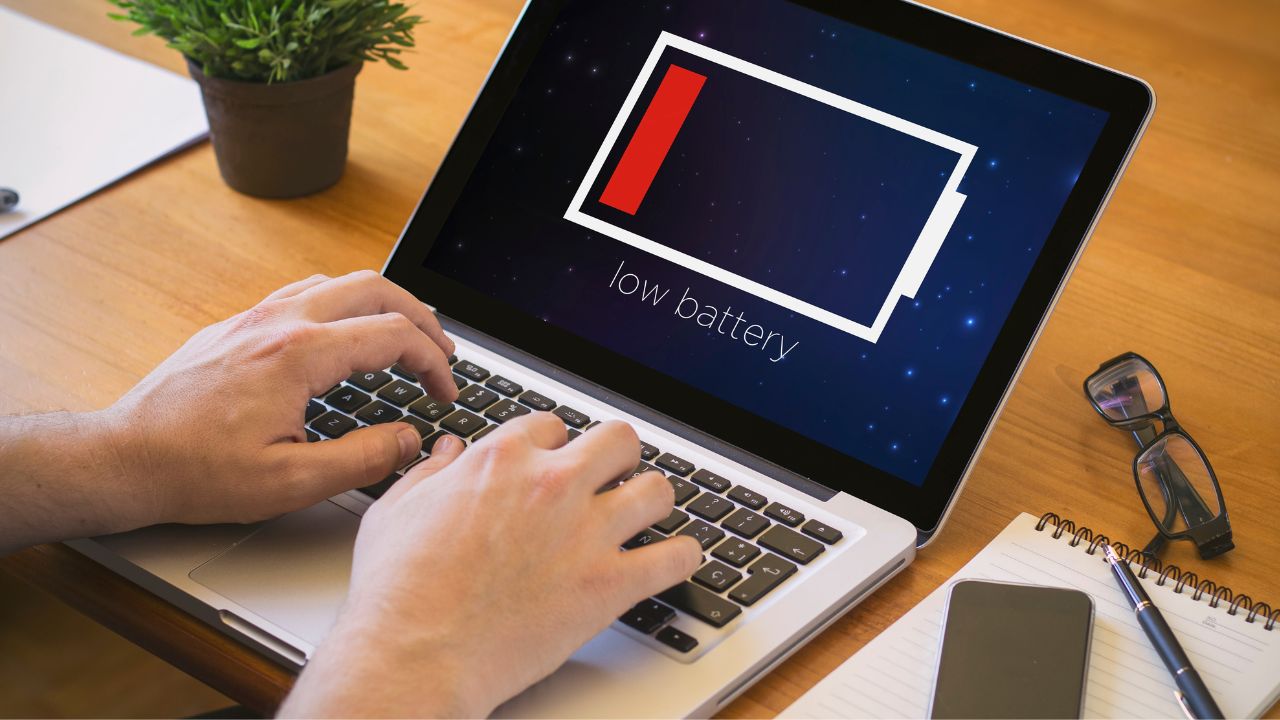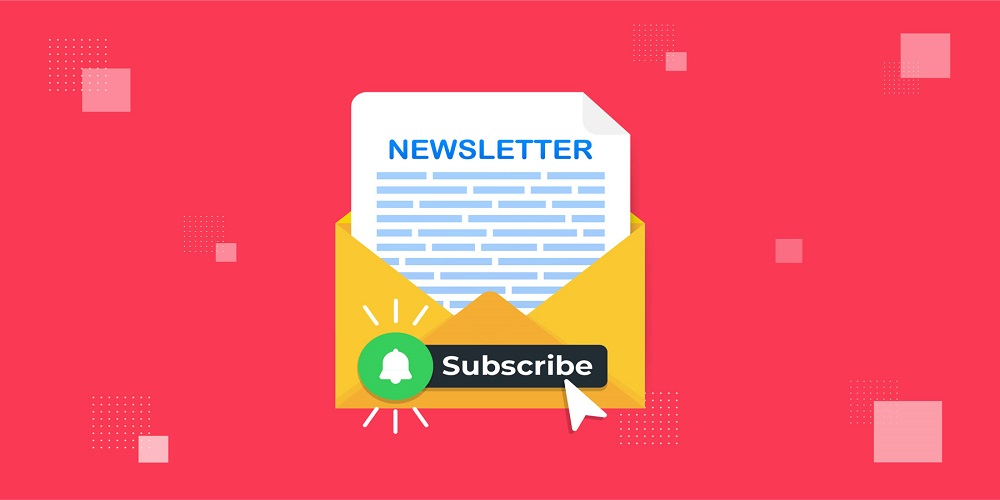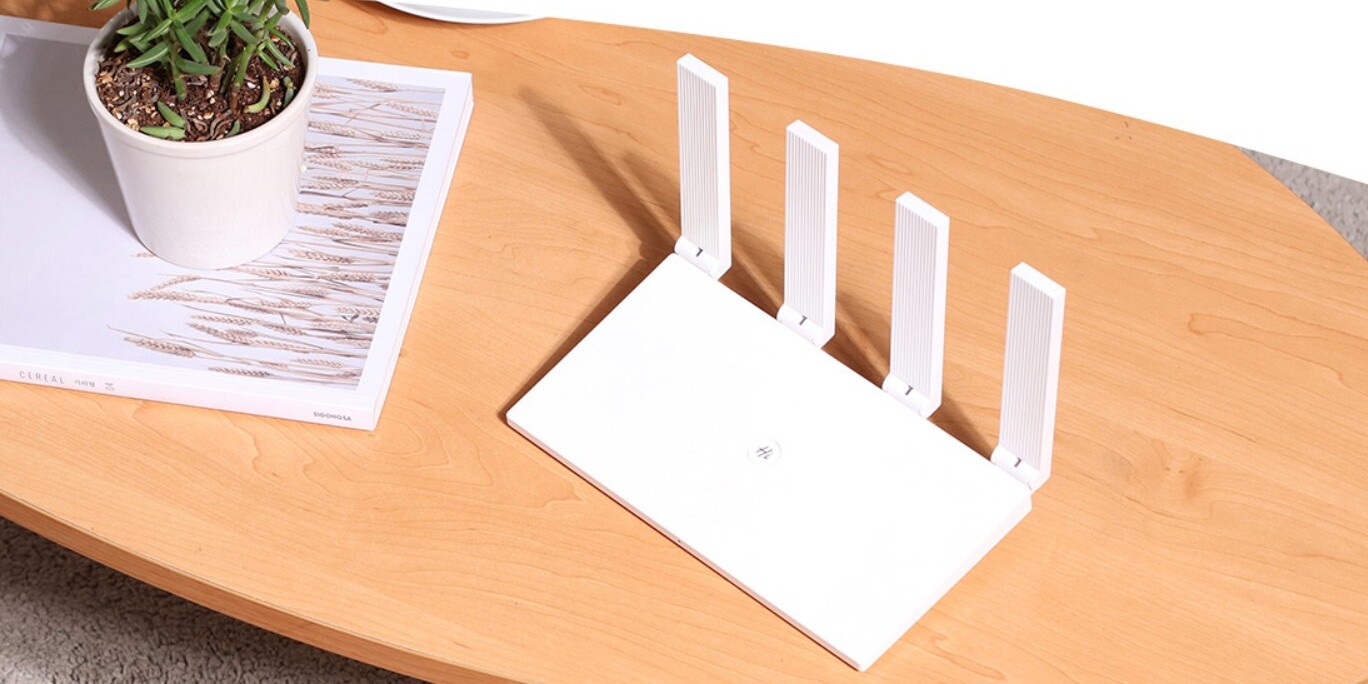Despite advancements in hardware and battery technology, one of the persistent challenges for laptop users is energy consumption. The constant demand for processing power, storage, and data retrieval can quickly drain a laptop’s battery, leading to frustration when power outlets aren’t available.
Cloud computing reveals the solution, allowing not only increased productivity but also decreased laptop energy consumption dramatically. Offloading tasks to the cloud frees up laptops to work more efficiently and live longer on the battery, getting the job done faster. But if you are on the quest to replace your weakened battery, visit www.batterypro.jp.
Understanding Cloud Computing
Internet-based computing allows users to access resources like processing power, databases, and applications (or software platforms) from anywhere across the world. For example, a service like Google Drive, Microsoft OneDrive, or Amazon Web Services can allow the user to access his files, run his app, and perform a computing task in the cloud. The shift to these remote servers means laptops and other devices can rely less on their internal resources, from which the forcing down of these hardware components is made easier, as devices use less power.
The world of cloud computing has made it possible for people and organizations to conduct complex operations on what underpowered appliances were just a few years ago. This means that users no longer need to purchase their own high-performance laptop with a powerful CPU and adequate storage; instead, they can run the software and keep the data on the cloud, capable of using the data just with an internet connection and limited local computing power.
How Cloud Computing Reduces Laptop Energy Consumption?
Storage Offloading:
Local storage operations, especially on hard drives, drain power during read/write tasks. Storing large files locally can quickly deplete battery life. Cloud storage solutions like Google Drive or Dropbox reduce the need to access local storage by allowing users to keep files online, syncing them only when necessary, minimizing energy consumption.
Lighter Applications:
Cloud-based applications like Adobe Creative Cloud and Autodesk A360 allow users to perform complex tasks such as 3D modeling and video editing without relying heavily on local resources. Instead of utilizing the laptop’s CPU and GPU for intensive operations, cloud servers handle the bulk of the work. The laptop only manages the interface and connection, reducing power consumption and extending battery life.
Optimized Power for Streaming:
Streaming services like Netflix and Spotify showcase how cloud computing minimizes energy use. Rather than processing large video or audio files locally, cloud servers manage the heavy data work. The laptop only streams the content, handling playback with far less energy. This efficient use of cloud resources significantly reduces the load on the laptop’s battery, making it ideal for long-term use.
Reduced Background Processes:
Cloud computing centralizes tasks like backups and updates, reducing the need for energy-draining background processes on laptops. This helps laptops run more efficiently and conserves battery life.
Cloud Computing and Energy Efficiency
Beyond reducing individual laptop energy consumption, cloud computing also contributes to overall energy efficiency at a macro level. Google, Amazon, and Microsoft will even invest dramatically to ensure that their data centers are as energy efficient as possible — even to the point of running their data centers on wind or solar power. By offloading tasks to these highly efficient data centers, individuals and companies can minimize their carbon footprint, helping make computing greener.
Maximizing Cloud Benefits for Battery Life
While cloud computing can significantly reduce laptop energy consumption, there are a few ways users can maximize these benefits:
- Utilize Cloud-Based Applications: Choose cloud versions of your go-to apps, such as Google Workspace or Microsoft 365, to reduce local processing.
- Enable Cloud Storage: Store large files in the cloud and remove the necessity of storing them on your laptop’s local storage.
- Optimize Sync Settings: Adjust cloud sync settings to prevent constant background syncing, which can drain battery life.
- Use Browser-Based Solutions: Many cloud services are accessible via web browsers, which typically consume less power than running full applications locally.
Conclusion
Energy efficiency is a new era for laptops courtesy of cloud computing. Laptops spend much less on battery servicing requests with fewer processing tasks and storage and allow applications to remain interactive. Depending on workload and mobility, cloud computing can be a game changer for users who remain on their laptops all day and don’t get to plug their machines in frequently to charge. The benefits of low energy usage and long battery life will only increase with the continuing evolution of cloud services, making cloud services an increasingly important tool for modern laptop users.







